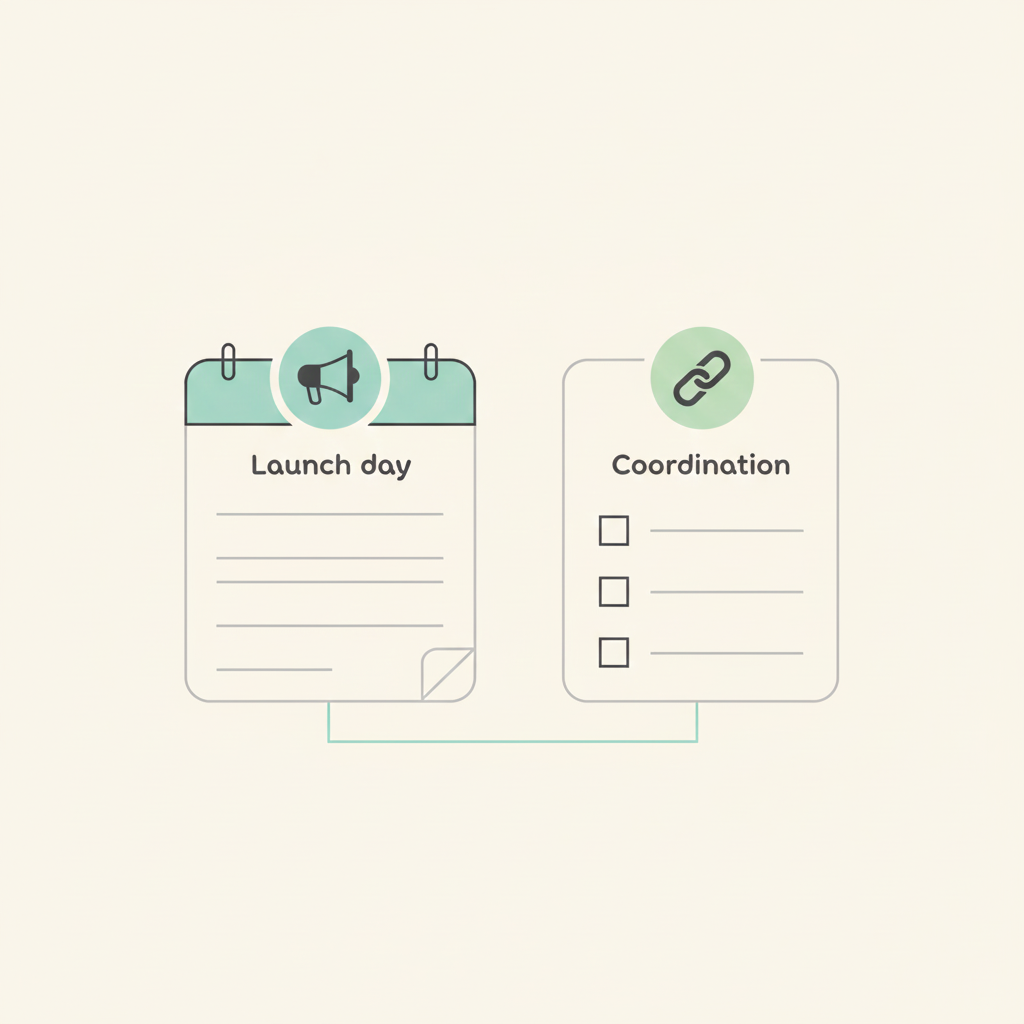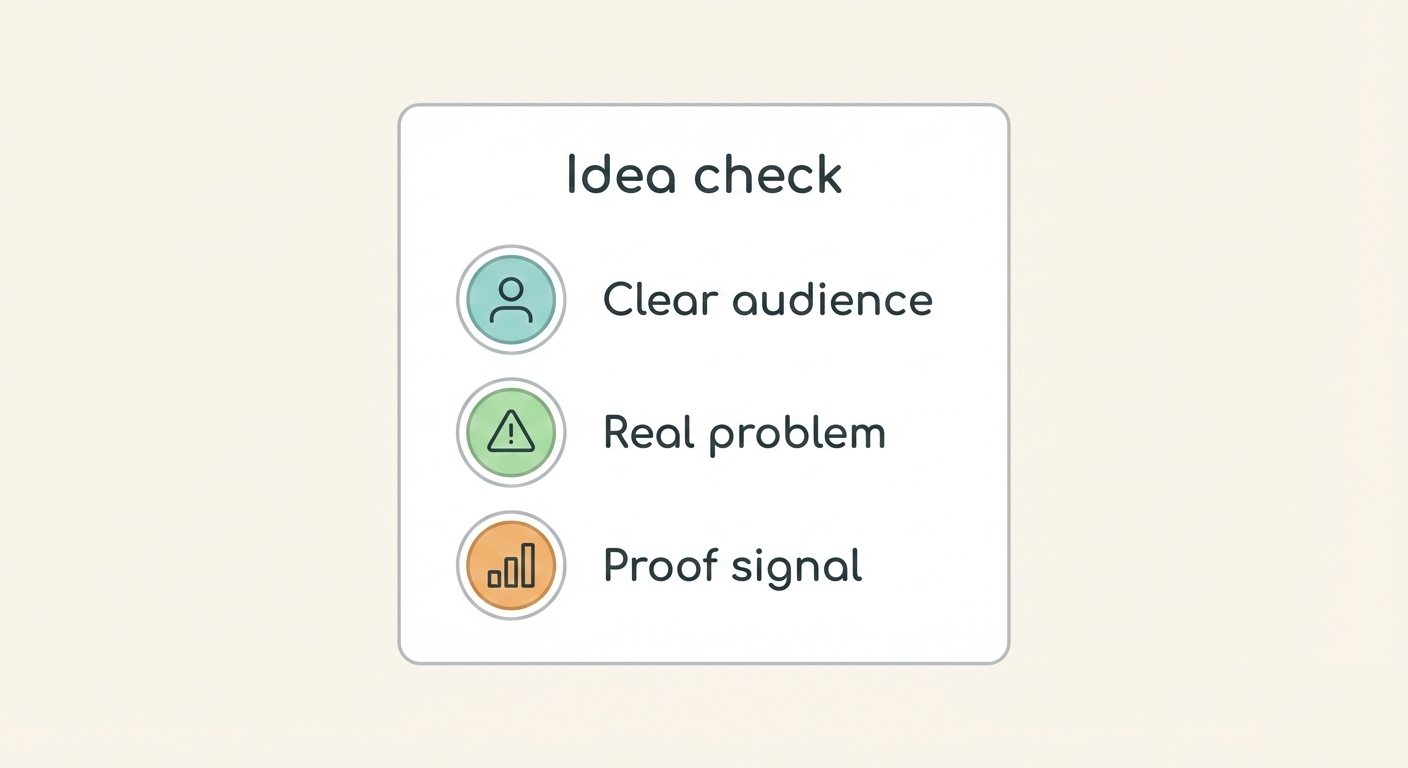How to choose a project management software in 5 easy steps
Contents
Picking the right project management software can feel like hunting for that perfect cup of coffee — it needs to be just right. You want something that makes ticking off tasks and managing projects feel easy, not like an extra chore. And it's a crucial choice: a whopping 89% of users believe project management software improves work efficiency!

Whether you're a small team aiming for big goals or a large organization looking to streamline processes, we've got you covered. The market is flooded with options, from simple task managers to complex enterprise solutions, because every team and project is unique. It's easy to feel overwhelmed.
Don't worry! We'll break down the selection process into 5 simple steps, guiding you through the essential factors to consider so you can find the perfect fit.
1. Define your needs
You wouldn't grab just any tool from the toolbox to fix something, right? Same goes for project management software. Before diving into the sea of options, take a moment to pinpoint exactly what problems you need to solve. Think about your team's daily workflow, your projects' complexity, and where those frustrating bottlenecks tighten up productivity. Ask yourselves: What are our biggest time-wasters? Which tasks keep falling through the cracks? What level of detail do we need in project tracking? By understanding your needs upfront, you'll make sure the tool you eventually pick is the perfect fit, one that feels like it's tailored just for your team.
Clarify your goals. Are you looking for a tool to manage projects, individual tasks, large programs, or something else entirely?
| Type | Description | Examples |
|---|---|---|
| Traditional project management | Focuses on planning, scheduling, and resource allocation. Ideal for linear, predictable projects. | Microsoft Project, Primavera P6 |
| Agile project management | Supports iterative and flexible project development. Emphasizes collaboration and adaptability. | Breeze, Trello, Asana |
| Hybrid project management | Combines elements of traditional and agile approaches. | Wrike, Monday.com |
| Task management | Primarily for creating, assigning, and tracking tasks. | Todoist, Notion |
| Collaboration and communication | Emphasizes team communication, file sharing, and real-time collaboration. | Slack, Microsoft Teams |
| Resource management | Allocates and manages resources like people, equipment, and budgets. | Smartsheet |
| Project portfolio management (PPM) | Manages a portfolio of projects, providing high-level oversight and analysis. | Planview, CA Clarity PPM |
| Time tracking | Records time spent on tasks or projects. | Toggl, Clockify |
| Kanban | Visualizes workflow using a Kanban board. | Breeze, Trello, Kanbanize |
| Risk management | Identifies, assesses, and mitigates project risks. | Riskonnect |
2. Size up your team
When choosing the right project management software, understanding your team dynamics and size is key. Your team size can impact the features and scalability you need. From startups with a few team members to multinational companies with teams across the globe, your team size will dictate the level of complexity, collaboration and customisation you need. It's about finding a tool that fits like a glove today and grows with you. Think of this step as making sure everyone has a seat at the table with the right tools at their fingertips to shine. Let's break down how your team size affects your project management software choice so you get a tool that helps everyone's work, not hinders it.

| Target audience | Description | Features | Examples |
|---|---|---|---|
| Enterprise project management | Designed for large organizations with complex projects and multiple teams. | Scalability, security, advanced features (e.g., portfolio management, resource management) | Microsoft Project Server, Oracle Primavera Cloud, Planview Enterprise |
| Team project management | Caters to smaller teams and departments within organizations. | Collaboration tools, task management, integrations with common business tools | Breeze, Asana, Trello, Monday.com, Wrike |
| Freelance and independent contractor management | Streamlines project management for individuals or small teams. | Tracking tools, client management, simple and intuitive interface | Breeze, HoneyBook, Bonsai |
To get started, you might find it helpful to browse lists of tools categorized by team size and function. Whether you're a freelancer, a small agile team, or a large distributed enterprise, your feature requirements will differ significantly.
Take a look at your team and decide what's your main purpose or goal. Are you mainly doing marketing, design, sales, software development or something else.
3. Identify must-have features
You wouldn't pack everything into your suitcase for a trip, would you? No, you'd pick and choose what's absolutely necessary for the journey. Same with project management software. It's time to sift through all the features and pinpoint what's non-negotiable for your team's success. From task automation to real-time collaboration or in-depth analytics — what features will really make a difference for you? This is about what's essential vs what's nice to have so you can choose a tool that's as simple or as complex as you need it to be. Let's find out what features will make the biggest impact on your projects and team productivity.

Project management software comes packed with features, but some are core and essential for most projects. It's helpful to create a 'must-have' versus 'nice-to-have' list to keep your priorities straight. Here are the key ones to look for:
- Task management: This is the foundation of any project management software. Create tasks, assign to team members, set deadlines and track progress. Features like subtasks, checklists and priority levels can further help with task organisation.
- Project planning and scheduling: Visualise the project timeline using tools like Gantt charts, Kanban boards or calendars. These tools help break down the project into manageable phases, identify dependencies between tasks and ensure a clear understanding of the overall project timeline.
- Collaboration and communication: Project management software should facilitate communication and teamwork. Features like chat functionality, file sharing and real-time updates keep team members on the same page and streamline information flow.
- Reporting and analytics: Generate reports to track project progress, identify roadblocks and measure performance. Reports can come in many forms like task completion rates, resource utilization and project budgets.
- Time tracking: Track time spent on tasks for billing, project efficiency or team workload.
- Integrations: Integrate with other tools your team uses like CRM systems, accounting software or marketing automation platforms. This can streamline workflows and eliminate manual data entry.
- Mobile accessibility: Manage your projects on the go with mobile apps for smartphones and tablets.
4. Research and compare
Now it's time to put on your detective hat. With your needs and must-haves listed, let's get started. Dive into the sea of project management tools out there but don't get caught up in the shine. Not all that glitters is gold. Look for reviews, read user feedback and most importantly take advantage of free trials or demos. Comparison is key here, not just in terms of pricing but how each tool aligns with your team's workflow, integrates with your existing tools and scales with your growth. Remember the devil is in the details so be wise



Here are some of the best places to research and compare project management software:
- Gartner - User reviews and ratings on project management software. Consider the reviewer's industry and company size when reading their feedback.
- Capterra - Software comparisons, user reviews and pricing for many project management tools.
- SoftwarePath - In-depth reviews, comparisons and expert recommendations based on user needs and project types.
- TrustRadius- User reviews and ratings with filters for specific features or functionalities.
- Breeze's comparison guides - Dive deeper by comparing project management tools side-by-side, complete with real user reviews and insights from hands-on testing. This can help you discover strong alternatives you might not have considered.
After your initial research, the most important step is trying the software. Most project management software providers offer free trials so you can try before you buy and see if it's the right fit for your team.
Also, take advantage of demos and webinars offered by software vendors. These are great opportunities to see features in action and ask specific questions.
A fantastic way to test project management software is to use it for one of your actual projects. It's like a real-world test drive with your own data. This way, you can see how it truly works for your team and uncover any hidden issues that aren't obvious from a features list.
Using these resources and keeping the above factors in mind will help you make a much better decision when choosing project management software. Don't just settle on the first one that looks good; actively compare it against other strong contenders to ensure you're making the best choice.
5. Make a decision
Alright, decision time! You've done your homework, and now it's time to make the leap and choose the project management software that feels right for your team. This decision should balance functionality, usability, and cost, not just for today but for your future growth. Trust the research and insights you've gathered. Remember, no decision is set in stone forever, but the right tool can truly transform how smoothly and successfully your projects run. Let's review what we've learned, weigh those final options, and make an informed choice that will help unleash your team's full potential.
- Create a shortlist: Based on your research and trials, narrow down your options to 2-3 project management software tools that seem most promising.
- Revisit your requirements: Re-evaluate the specific needs of your project, team size, project type, and budget constraints.
- Identify crucial features: Determine the features that are absolutely essential for your project's success. This might include integrations with existing tools, specific reporting functionalities, or mobile accessibility.
- Gather feedback: Get input from team members who will be using the software daily. Share the shortlisted options and gather their feedback on user interface, intuitiveness, and features most relevant to their roles.
- Don't chase the "perfect" software: Focus on finding a solution that addresses the majority of your needs and offers strong core functionalities.
- Start small and scale: If you're unsure, consider starting with a basic plan or free trial to test the software before committing to a long-term subscription.
- Flexibility is key: Choose software that offers customization options so you can adapt it to your unique workflows and team preferences.
Once you have your shortlist, if you're still weighing options, a final side-by-side comparison with a very similar tool can be insightful. This deep dive can highlight subtle differences in features, usability, or integration capabilities that might make one a slightly better fit. Testing out these top contenders allows you to evaluate overall efficiency and ensure you choose the tool that delivers the most value and truly enhances your workflow.
By following these steps and carefully evaluating the shortlisted options, you can make a confident and well-informed decision on the best project management software for your team and project. The ideal software will empower your team, streamline workflows, and ultimately lead to project success.
Remember: The best project management software is the one that truly fits your team's unique needs and workflow. Don't hesitate to take advantage of those demos or free trials to make a really informed decision.
Ready to see if Breeze is the one for you? Start your free trial today and discover how we can help streamline your projects and boost your team's productivity!








